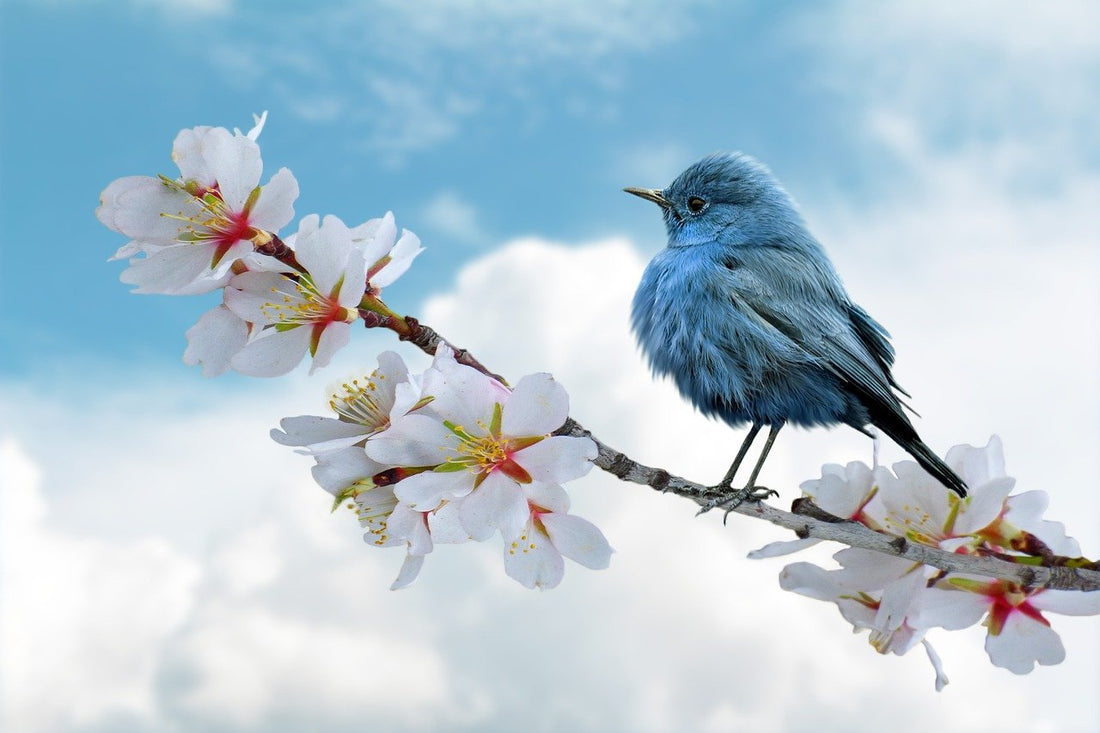
Encouraging Your Kids to Explore Nature Through Books and Puzzles: A Guide to Wonder
Share
In an age where screens increasingly dominate children's attention, the natural world offers an irreplaceable source of wonder, learning, and development. By combining outdoor exploration with nature-themed books and puzzles, parents can create a rich, multilayered approach to environmental education that works in any weather and any season.
The Science Behind Nature Connection

Research consistently demonstrates that children who develop early connections with nature show enhanced cognitive development, better attention spans, and reduced stress levels. This connection begins with direct experience but can be significantly reinforced through thoughtful indoor activities that maintain engagement even when outdoor exploration isn't possible.

When children encounter natural phenomena first-hand and then see these same elements represented in books or puzzles, they develop deeper understanding through pattern recognition. A child who has watched real birds in flight brings that kinetic understanding to a puzzle featuring soaring raptors. Similarly, a young reader who has closely examined tree bark will connect more deeply with detailed descriptions in nature writing.
Studies indicate that this multi-modal learning approach - combining direct experience with related indoor activities - creates stronger neural pathways than either activity alone. The puzzle-solving process, in particular, helps children develop the kind of careful observation skills that make outdoor exploration more rewarding. When working with nature-themed puzzles, children learn to notice subtle color variations, pattern differences, and spatial relationships - skills that transfer directly to outdoor observation.
Essential Nature Books: Building Knowledge Through Story
Picture books offer young children their first deep glimpses into the natural world. "The Lost Words" by Robert Macfarlane and Jackie Morris stands out for its extraordinary artwork and poetic text celebrating everyday nature. This oversized volume helps children develop observation skills by presenting familiar plants and animals with unprecedented detail and beauty, making it perfect for pre-outdoor exploration.
For middle-grade readers, "The Wild Robot" by Peter Brown creates a unique bridge between technology and nature. Through the story of a robot learning to survive in the wilderness, children explore ecological concepts while developing deeper appreciation for natural systems. The novel's themes of adaptation and survival spark curiosity about real-world wildlife behaviors.
Nature Guides and Activity Books serve as crucial references for young explorers. "The Kid's Guide to Exploring Nature" by Brooklyn Botanic Garden naturalists provides age-appropriate observation projects that directly connect indoor learning with outdoor discovery. Its illustrated guides help children identify common species while suggesting specific activities for different seasons and environments.
Using Puzzles to Enhance Natural Learning
Our astronomy puzzle collection offers a unique gateway to natural wonder. These pieces featuring nebulae, planets, and star systems help children grasp their place in the larger universe. The process of assembling these cosmic scenes creates natural opportunities for discussions about space, scale, and the nature of scientific discovery.
Nature-themed puzzles serve multiple educational functions:
- They help children recognize pattern repetition in natural objects
- They build understanding of color variation in natural settings
- They develop appreciation for environmental detail
- They create familiarity with species characteristics
- They encourage questions about natural phenomena
Creating lasting connections with nature requires more than single experiences - it demands a rich tapestry of learning opportunities that reinforce each other. When children move between direct outdoor exploration and thoughtfully chosen indoor activities, they develop deeper understanding and lasting appreciation for the natural world.
The combination of books, puzzles, and outdoor exploration creates a comprehensive approach to nature education that accommodates different learning styles, weather conditions, and energy levels. A child might spend the morning exploring local trails, the afternoon assembling a puzzle featuring similar landscapes, and the evening reading about the wildlife they encountered. Each activity reinforces the others, building layers of understanding and appreciation.
This multilayered approach to nature education does more than teach facts or develop skills - it cultivates wonder. When a child recognizes a bird species they first discovered in a puzzle, or spots a plant formation they read about in a book, their face lights up with the joy of connection. These moments of recognition and discovery build confidence in their observation skills while deepening their relationship with the natural world.
As your family embarks on this journey of natural discovery, remember that each puzzle completed, book read, and outdoor adventure taken adds to a growing foundation of environmental awareness and appreciation. Together, these experiences create not just knowledge, but a lasting sense of connection to the world beyond our doors.